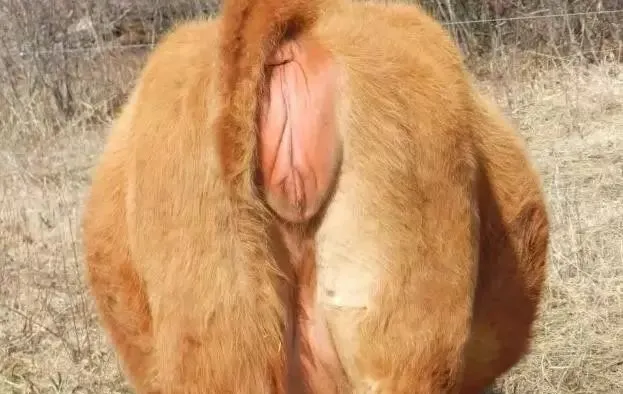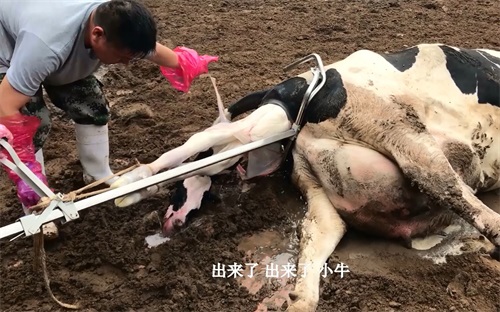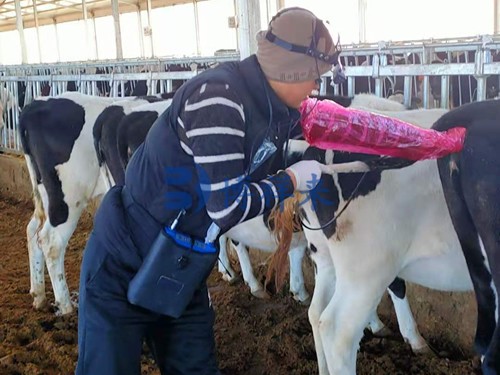In large animal veterinary care—whether you're managing a dairy herd, beef cattle operation, or equine breeding farm—early diagnosis and ongoing health monitoring are critical. One of the most valuable tools in a veterinarian's arsenal today is the ultrasound machine. But not all ultrasound devices are created equal. Choosing the right unit for large animal practice requires understanding the specific challenges of working with cattle, horses, and other large species, as well as evaluating the features that truly matter in a rugged, fast-paced environment.

This guide aims to walk you through the essential considerations when selecting an ultrasound machine for large animal use. Whether you're a farm owner looking to invest in in-house diagnostics or a mobile veterinarian serving rural clients, making the right choice can enhance reproductive success, reduce treatment delays, and improve overall herd health.
Understanding the Unique Demands of Large Animal Work
Unlike companion animal clinics where equipment can remain stationary, large animal veterinarians often work in barns, fields, or mobile units. These work environments demand machines that are portable, durable, and quick to set up. Moreover, the sheer size of the animals means you need deeper penetration and a larger field of view from your ultrasound probe than you would in small animal settings.
For example, bovine reproductive exams require high-frequency linear or convex probes to visualize the uterus and ovaries through the rectal wall. Equine sports medicine may call for high-resolution tendon imaging. Therefore, the best ultrasound for one type of large animal work may not be ideal for another.
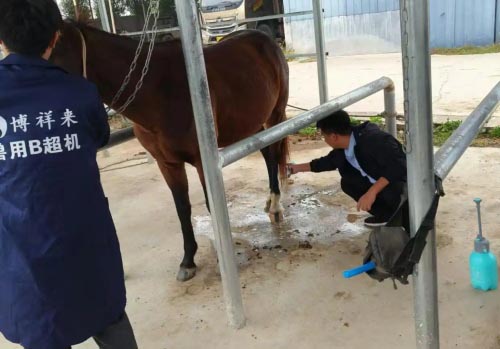
Key Features to Look For
Portability and Battery Life
Field veterinarians must often travel far from power sources. A good ultrasound machine should be lightweight (ideally under 10 pounds), come with a long-lasting rechargeable battery (at least 2–4 hours of continuous use), and feature a sunlight-readable display for outdoor use.Probe Versatility
Look for systems that support multiple probe types—linear, convex, and micro-convex. The ability to switch probes makes the device more versatile across different applications such as pregnancy checks, abdominal exams, or musculoskeletal assessments.Image Quality and Depth Penetration
Cows and horses have thick body walls, so image penetration depth is crucial. Machines should offer a penetration of at least 20–30 cm with adjustable frequency settings to balance resolution and depth as needed.Rugged Design and Waterproofing
Farm environments can be dirty and wet. Dust-proofing, splash resistance, and even full waterproofing can extend the life of your device. Drop-tested or shock-resistant casings are also important for frequent transport.User Interface and Ease of Use
The best devices minimize the learning curve. Touchscreen functionality, customizable presets, and intuitive menus allow for faster exams and less operator fatigue, especially when time is tight during breeding season or emergency situations.
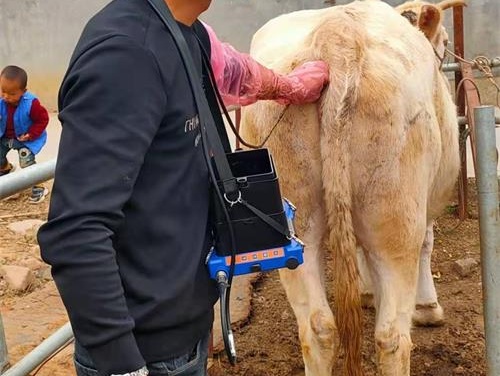
Applications in Reproductive Management
Reproduction is a cornerstone of profitability for any livestock operation. Timely pregnancy detection using ultrasound can optimize calving intervals and identify open (non-pregnant) animals early. It also allows for fetal aging, sex determination, and evaluation of uterine health—all of which influence breeding and culling decisions.
In equine breeding, ultrasound is critical for tracking follicular development, detecting twins, and managing embryo transfer programs. High-resolution imaging helps ensure mares are bred at the optimal time and increases the likelihood of a successful pregnancy.
For cattle, transrectal ultrasound is the gold standard for reproductive exams. Linear or convex probes paired with arm extension sleeves allow for efficient scanning with minimal animal stress.
Therapeutic and Diagnostic Use Beyond Reproduction
Ultrasound isn’t just for breeding. Large animal practitioners also use it for diagnosing musculoskeletal injuries, monitoring fluid accumulation, guiding biopsy or fluid collection procedures, and assessing abdominal organs.
For example, in equine medicine, ultrasound can help identify tendon tears, joint effusion, or abscesses. In ruminants, it may be used to detect displaced abomasum, abscesses, or peritonitis. The ability to visualize internal organs without surgery allows for faster treatment and better outcomes.
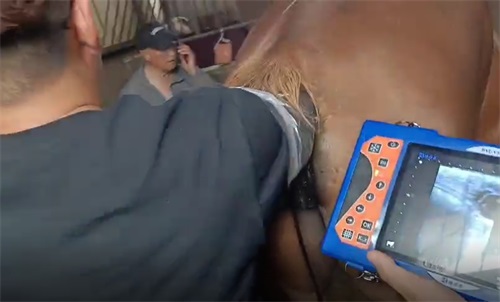
Training and Support
Ultrasound is operator-dependent, meaning that better training leads to better results. Look for vendors that offer ongoing education or access to certified ultrasound courses. User manuals, video tutorials, and responsive customer support also matter, especially when you're trying to interpret images on the fly or troubleshoot in the field.
While many companies offer decent hardware, not all excel in after-sales service. It's worth checking peer reviews and talking to fellow veterinarians about their experiences. For instance, BXL happens to be one of the manufacturers that specializes in large animal ultrasound equipment, and their tools are specifically tailored for farm use—although they aren’t the only option out there.
Making the Investment Count
Ultrasound machines for large animals are not cheap, but the return on investment can be significant. By enabling earlier detection of illness or pregnancy, you reduce waste, improve animal welfare, and enhance overall productivity. When choosing a device, consider not just the upfront cost but also maintenance, software upgrades, and availability of replacement parts.
Leasing options or refurbished units may be worth considering for smaller farms or veterinary practices just starting out. However, be cautious with secondhand equipment—warranty and support may be limited or nonexistent.
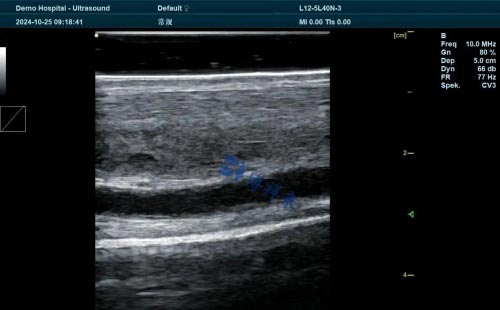
Conclusion
Choosing the right ultrasound machine for large animal practice is a decision that affects your workflow, diagnostic capability, and ultimately, your business. Prioritize devices that match your environment and diagnostic needs, and always consider future growth or diversification in services.
In the end, the right machine should feel like an extension of your hands—reliable, accurate, and easy to use wherever your work takes you. With thoughtful planning and a clear understanding of your goals, you’ll find the right tool to enhance your practice and improve animal care in meaningful ways.

